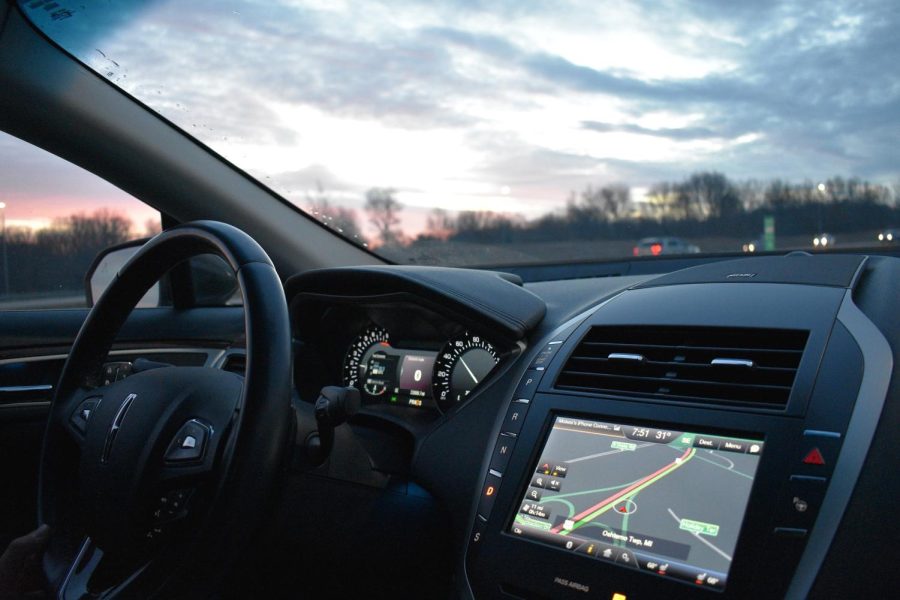Tesla vehicles involved in nearly 70% of all self-automated car crashes
June 25, 2022
There were almost 400 car crashes with vehicles with partially automated driver assist systems over the past 10 months, according to a new report from the National Highway Traffic Safety Administration. Well over half of these incidents, 273, involved Tesla Inc. vehicles.
The latest crash data accounts for vehicles with technology categorized as Level 2 Advanced Driver Assistance Systems, which “provide both speed and steering input when the driver assistance system is engaged but require the human driver to remain fully engaged in the driving task at all times,” according to the NHTSA report.
The data published by the NHTSA is a grim reminder of America’s ongoing “car crash epidemic.” Last month, the agency released its first estimates on the total number of deaths in car crashes for 2021, with projections topping out at the highest levels in well over a decade. The alarming increase in fatal crashes from 2020 to 2021 is the largest annual percentage uptick in the history of the administration’s reporting system.
“New vehicle technologies have the potential to help prevent crashes, reduce crash severity and save lives, and the Department is interested in fostering technologies that are proven to do so; collecting this data is an important step in that effort,” NHTSA Administrator Steven Cliff said in a press release.
“As we gather more data, NHTSA will be able to better identify any emerging risks or trends and learn more about how these technologies are performing in the real world.”
NHTSA officials emphasized that the newest data is limited and urged interested users to read into how each automaker investigates and reports crashes.
Tesla’s numbers may be skewed by its use of telematics, which allows the automaker to monitor vehicles and provide real-time incident reports. The NHTSA noted that no other automaker has such technology, thus resulting in a backlog or absence of crash reports, according to the Associated Press.
Other limitations of the newest data include the absence of details on the distances traveled by the vehicles involved in reported crashes and the different criteria automakers used when assessing an incident, according to The Verge.
“I would advise caution before attempting to draw conclusions based only on the data we’re releasing. In fact, the data alone may raise more questions than they answer,” Cliff warned at a briefing to reporters last week.
“We launched this effort because we want, we expect, actually, we need safety to be built at every stage of a vehicle’s development. Driver-assistance technologies and automation are no exception.”
Crash reports to the NHTSA are based on unverified passenger statements on whether an automated driver assistance system was operating at the time of an incident. Some numbers may change potentially as the agency aggregates more data, Honda told the AP.
Automated driving technology is a popular feature among many Tesla customers. A driver who spoke to the AP said automated driver assistance modes reduce “driver fatigue,” but still require vigilant monitoring from a driver when it’s operating.
Accidents involving Tesla vehicles occurred when drivers used “Full Self-Driving,” Autopilot, Traffic Aware Cruise Control or driver-assist options that control speed and steering, according to the AP.
830,000 Tesla vehicles equipped with these technologies are currently on the road, according to the AP.
Honda Motor and Subaru Corp. vehicles were involved in the second and third largest amounts of crashes, at 90 and 10, respectively. The remaining automakers listed in the report each reported five or fewer crashes.
Most reported incidents involving ADAS vehicles did not include information on the injuries sustained by passengers in the crash. Six of the reported crashes resulted in fatalities, five of which involved Tesla vehicles, according to AP.
Tesla has yet to comment publicly on the NHTSA report.
Tesla advises drivers of its vehicles to be vigilant when Autopilot and “Full Self-Driving” modes are engaged, as both systems do not enable the car to drive with complete autonomy, according to the AP.
The NHTSA released an adjacent report last week on crash data from vehicles equipped with fully autonomous driving systems which, once fully developed, would require no human supervision to control a vehicle’s speed and steering. Such vehicles are not for sale currently to the general public.
“It’s clear that U.S. road users are unwitting participants in beta testing of automated driving technology,” Cathy Chase, president of Advocates for Highway and Auto Safety, said to the AP.
125 of the car crashes reported in the NHTSA report occurred in California, by far the most when compared to any other state. The Verge reported the state has the highest number of registered Tesla vehicles, and Silicon Valley remains a hotspot for experimenting new technologies.
The NHTSA plans to update crash data monthly in its effort to monitor the emerging technology of automated driving systems.








